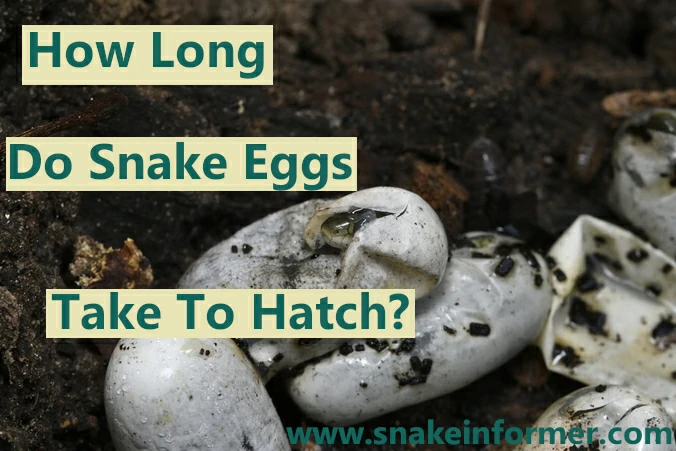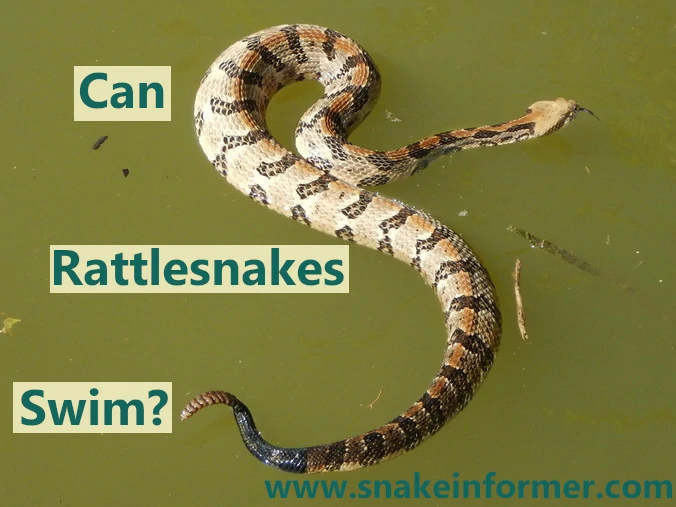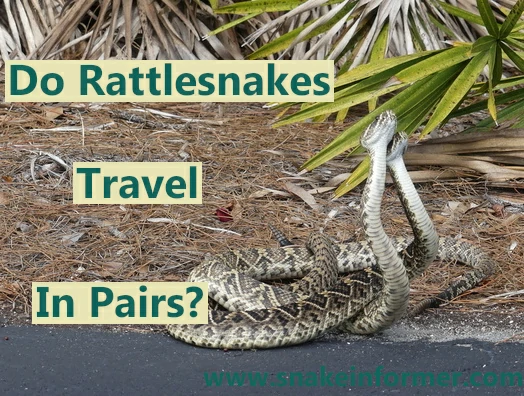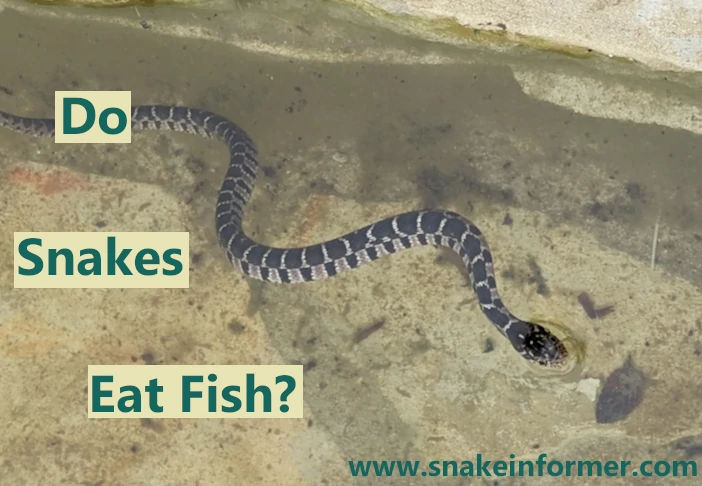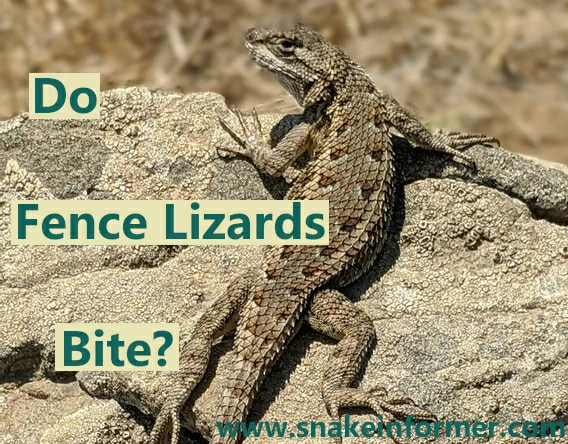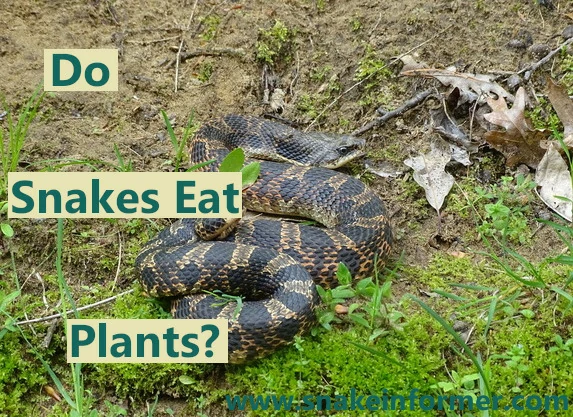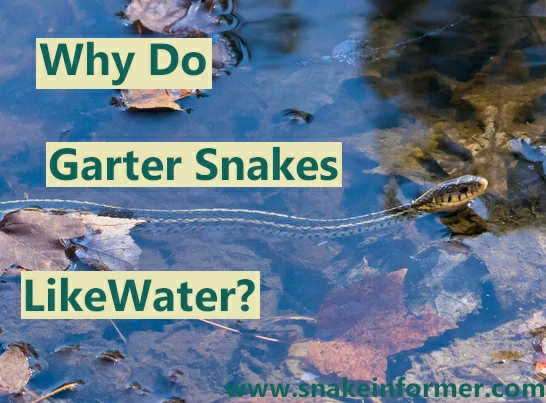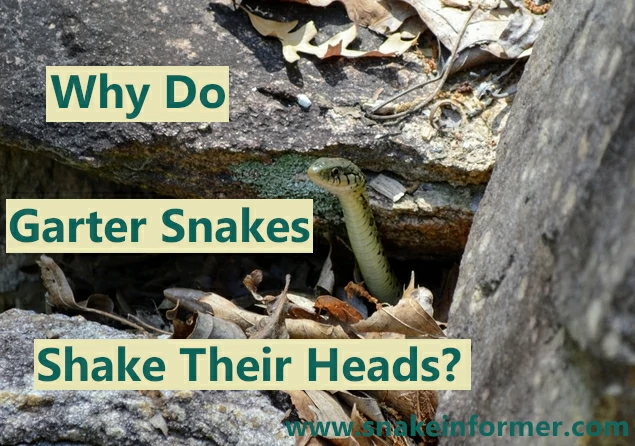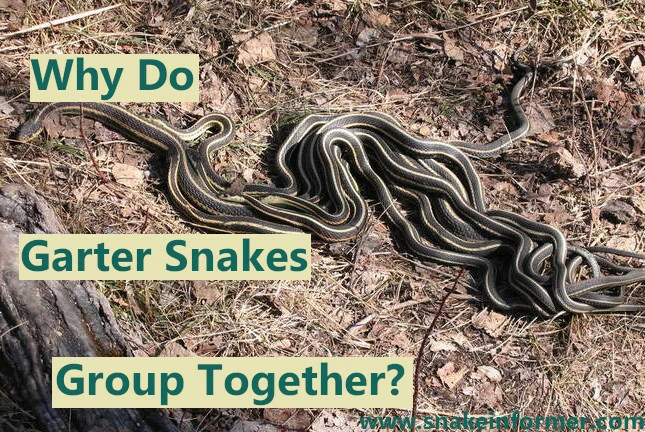How Long Does It Take For Snake Eggs To Hatch? (70 Species)
When the winter ends and the warmer spring temperatures come, many snakes will emerge from their overwintering spots, and begin the mating season. But have you ever wondered how long snake eggs take to hatch? Generally, snake eggs take between 45 and 70 days to hatch, depending on the species and environmental conditions. Snake eggs … Read more

